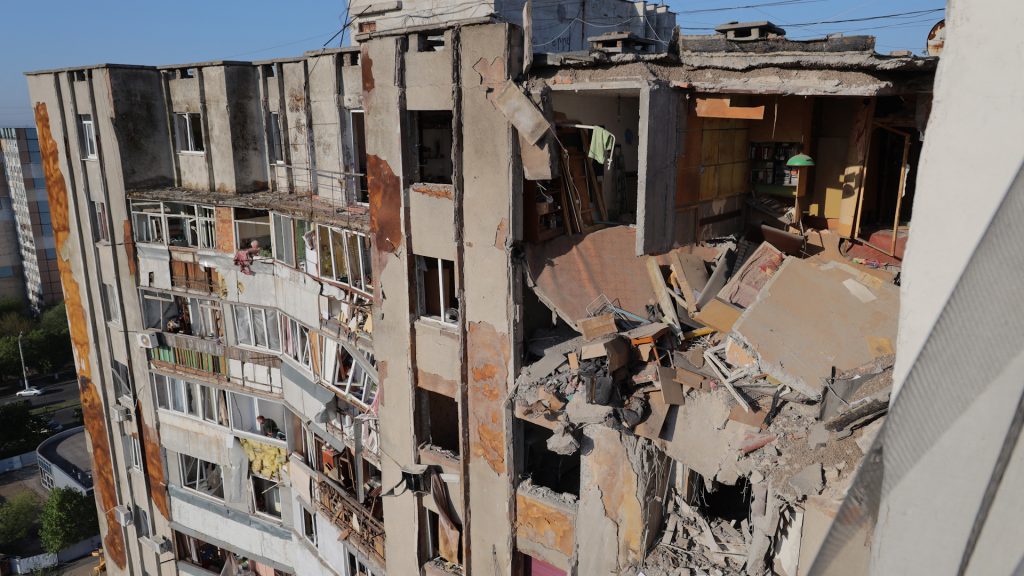Russian drones hit Ukraine hours after minerals deal with US

Hours after the United States and Ukraine finalized a new agreement on mineral access, Russia launched a large-scale drone and missile assault across Ukraine. At least nine people were killed, including two in Odesa and seven in the Kherson region, according to The Associated Press. More than 30 others were injured.
Residential buildings, schools, and other infrastructure were damaged in multiple cities. Ukraine’s air force said it intercepted 74 of the 170 drones launched.
Officials in Kyiv described the timing of the attacks as a rejection of ceasefire proposals backed by the U.S. and Ukraine.
What does the minerals agreement include?
The United States and Ukraine have signed a new agreement that gives American investors access to Ukraine’s mineral resource wealth, including rare earth elements, oil and natural gas. The deal creates a joint Reconstruction Investment Fund, where both countries will have equal voting power over its management. Ukraine will retain ownership of its land and resources, but half of the revenue from new mining licenses will be directed into the fund.
The agreement allows profits to be reinvested in Ukraine’s economy for the first decade, according to Ukrainian officials. The BBC noted that this 10-year reinvestment clause appears in government statements but not in the published contract. While the deal does not include binding U.S. security guarantees, it enables continued American arms deliveries and deepens economic cooperation, which American officials say creates an incentive for U.S. protection.
How are both governments presenting the deal?
U.S. Treasury Secretary Scott Bessent described the agreement as a long-term commitment to Ukraine’s sovereignty and recovery. He said it signals to Russia — and U.S. taxpayers — that America has a direct interest in Ukraine’s future. Ukrainian Prime Minister Denys Shmyhal said the deal avoids turning previous U.S. support into debt and does not conflict with Ukraine’s push to join the European Union.
Foreign Minister Andrii Sybiha called the deal a significant milestone in U.S.-Ukraine relations, according to ABC News. President Trump has framed the agreement as a shift from military aid to economic engagement.
What are the Russian and domestic responses to the deal?
Russia’s former president Dmitry Medvedev, now deputy chair of the Security Council, said the agreement forces Ukraine to pay for U.S. aid with natural resources. In Kyiv, several lawmakers welcomed improvements to the final text but cautioned that it was too early to assess its full impact. Some said parliament may not vote on ratification until mid-May.
What has Ukraine proposed regarding a ceasefire?
President Volodymyr Zelenskyy has reaffirmed support for a 30-day ceasefire backed by the United States. Russia has proposed a 72-hour truce, aligned with Victory Day celebrations, from May 8 to May 10. Ukrainian officials dismissed that offer as symbolic because of continued Russian attacks on civilian infrastructure.
How does this affect peace negotiations?
The Trump administration has presented the mineral agreement as a peace-focused initiative. Secretary of State Marco Rubio warned that U.S. mediation efforts may be abandoned unless both sides present actionable ceasefire proposals. Trump has suggested that a territorial settlement, including Ukrainian concessions on Crimea, could be part of a broader peace plan — a position firmly rejected by Ukrainian officials.





